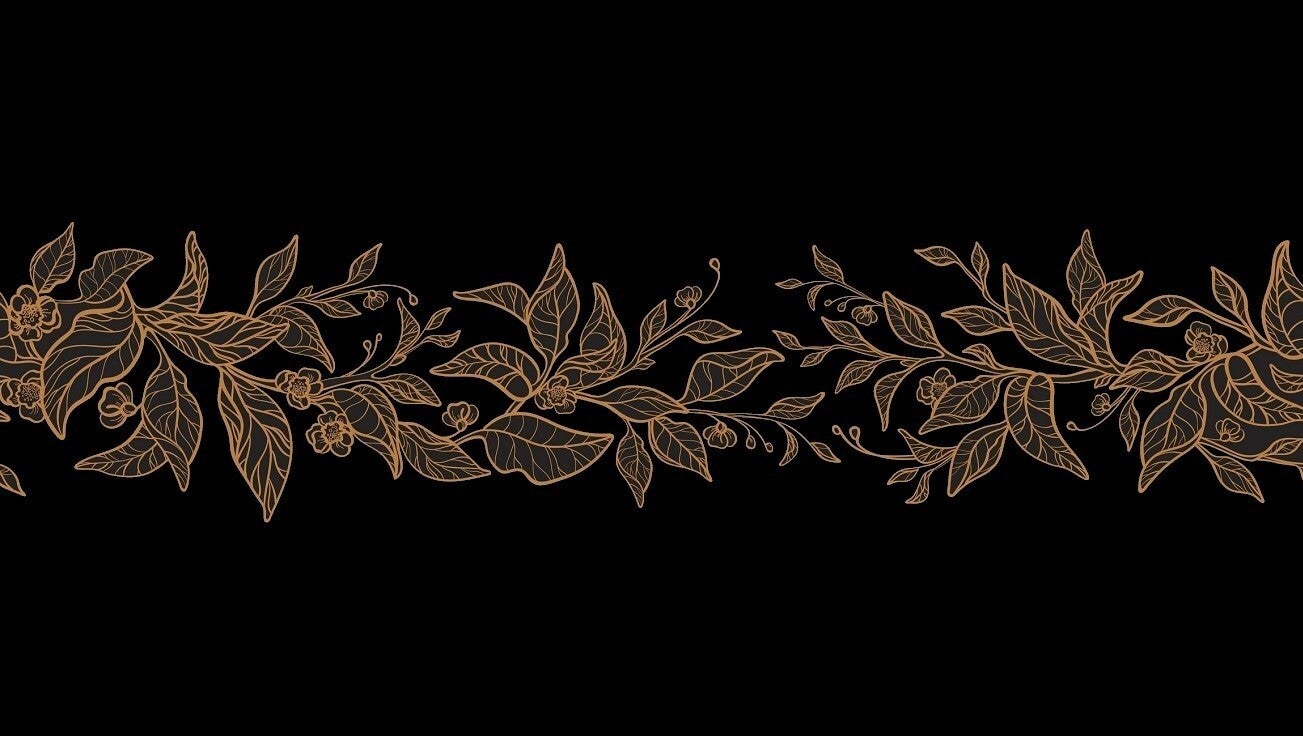A Biofilm-Busting Tea Recipe
Cistus tea can break up biofilms that microbes hide behind. When biofilms are dissolved, the immune system can target and kill off infections, such as the Herpes Simplex Virus.
There are various ways to make cistus tea, but many are complicated. Because this tea plays such an essential role in your health (by breaking down biofilms), it's crucial to prepare it properly. I'm providing you with the following 18-minute video from Linden Botanicals. Michael Van der Linden (founder of Linden Botanicals) includes water and temperature tips before walking you through making cistus tea in two different ways.
Direct link: https://www.youtube.com/watch?v=vv76TQy5eaQ&t=3s
If the methods in the video are too complex for you, here's a more straightforward process. Place one teaspoon of dried cistus in an infuser (such as a strainer or tea ball), then add it to a mug. In a kettle or small pot, bring 1-1/2 cups of pure water to a rolling boil (until you see tiny bubbles forming along the sides and bottom of the pot). Remove from heat immediately. Boiling water can make the tea bitter. Pour the water over the tea in your mug and simmer for 5-10 minutes. Cover to keep the oil from evaporating and allow it to cool. Strain and add green stevia or a bit of raw honey to taste. The tea leaves in your tea ball can be used for the next cup of the day. If your tea is bitter, the water was too hot, or you steeped it too long. Even when appropriately brewed, I find cistus too "rough" for my tastes, so I blend it with other teas, such as lemon balm or holy basil, which are naturally sweeter.
Note: All-natural green Stevia (a natural sweetener) can help break down biofilms. However, if you have Diabetes, you might reconsider using this remedy. It may spike insulin. Instead, you might use one teaspoon of raw honey and a sprinkle of cinnamon, which helps prevent honey from dangerously spiking sugar levels.
Cistus tea can be made in large batches and stored in the fridge for sipping throughout the day. Drink one brew within three days. You can warm it up or add ice. Please don't use a microwave, as this alters its nutrient value.
You can drink 3-4 cups daily for general health. It's best to drink it on an empty stomach. During the acute phase of a herpes outbreak, you can drink 6-8 cups (no more).
Cistus can also be taken in capsule form.
Other Biofilm-Busters
Other natural biofilm-busters are oregano, cranberry, ginger, curcumin (the active ingredient in turmeric), cinnamon, clove, apple cider vinegar, false pepper (embelia ribes), and garlic.
Berberine, eucalyptus, peppermint, and tea tree essential oils are effective in destroying biofilms. You can use them topically, in oral preparations (where they are swished in the mouth), or in toothpaste. When used in toothpaste, be sure to spit out and never swallow. Swallowing essential oils is dangerous.
Additionally, supplements such as berberine (learn more about which type to use here), activated charcoal, proteolytic enzymes, and NAC (N-acetylcysteine) are known to disrupt biofilms. However, always do your research before trying new remedies, especially if you live with overlapping conditions or are taking medication.

